Craig Singleton
The United Nations Human Rights Council (UNHRC) this week voted down a proposal from the United States, Britain, Turkey, and others to hold a debate about the Chinese government’s persecution of Uighur Muslims and other ethnic minorities in China’s Xinjiang province. The vote marked a major diplomatic victory for Beijing and a setback for the Biden administration’s plan to reform the council via deeper engagement.
In August, the UN Office of the High Commissioner for Human Rights released a long-delayed report concluding that the Chinese government committed “serious” human rights violations against Uighurs and other predominantly Muslim minorities. Based on witness interviews, the report noted that “allegations of patterns of torture or ill-treatment, including forced medical treatment and adverse conditions of detention” were “credible,” as were “allegations of individual incidents of sexual and gender-based violence.”
The report assessed that the “extent of arbitrary and discriminatory detention [of Uighurs and other ethnic minorities] … may constitute international crimes, in particular crimes against humanity.” The report was released hours before former UN High Commissioner for Human Rights Michelle Bachelet stepped down from her position after announcing she would not seek a second four-year term for “personal reasons.”



:quality(70)/cloudfront-us-east-1.images.arcpublishing.com/archetype/CKHCETGXJBEOLOKTHWGT7RWDRI.jpg)
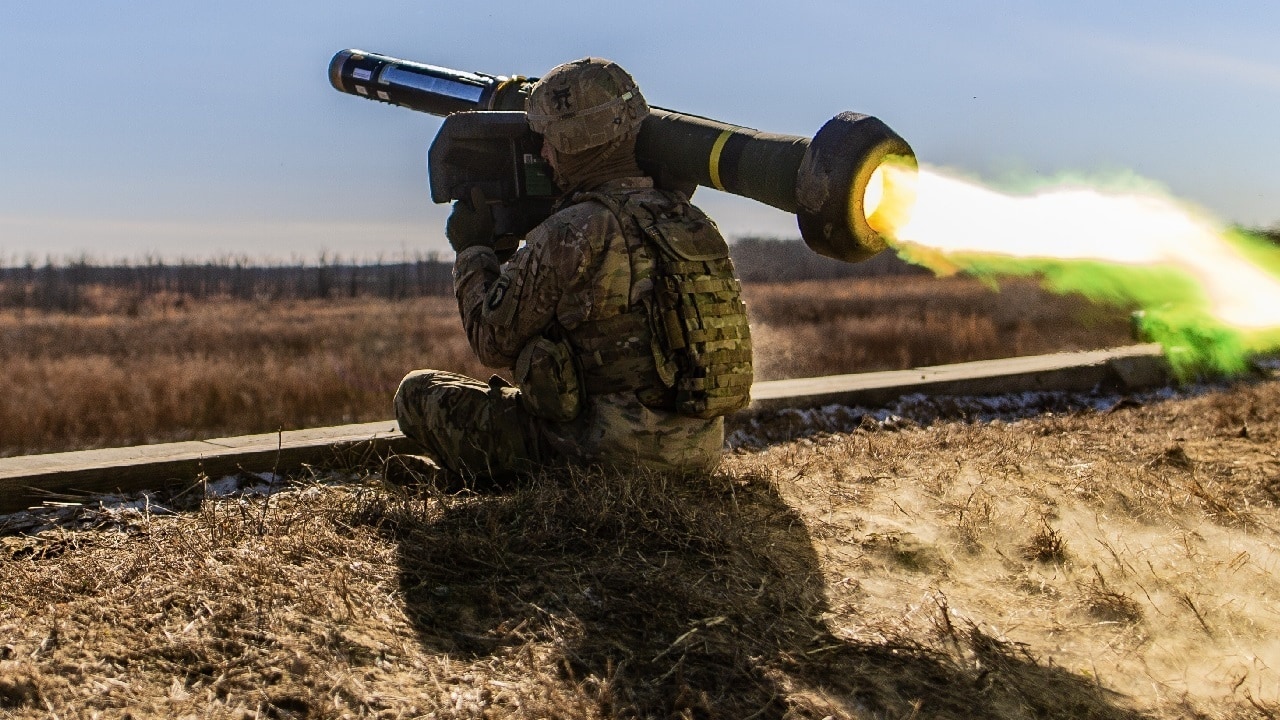

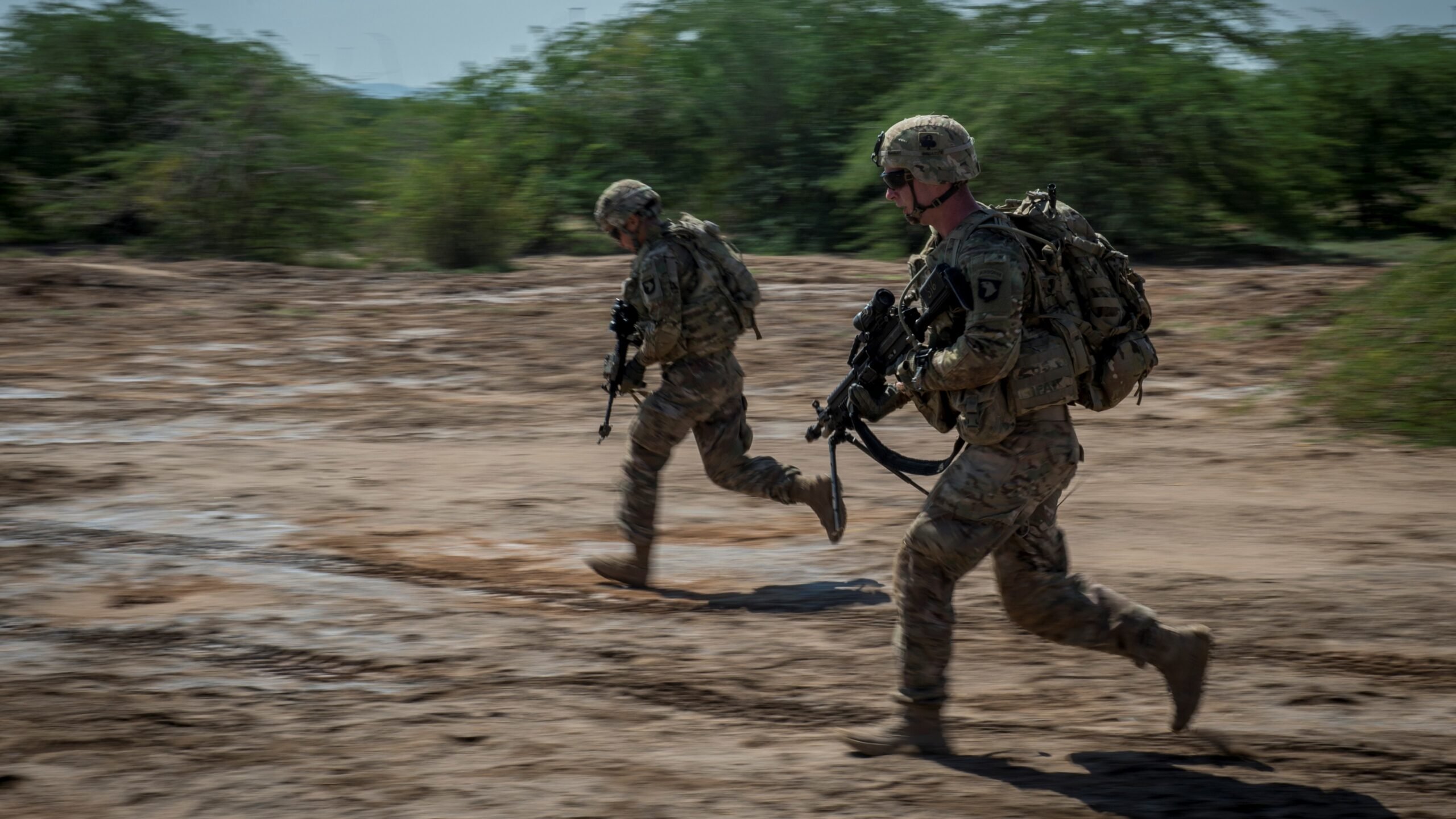

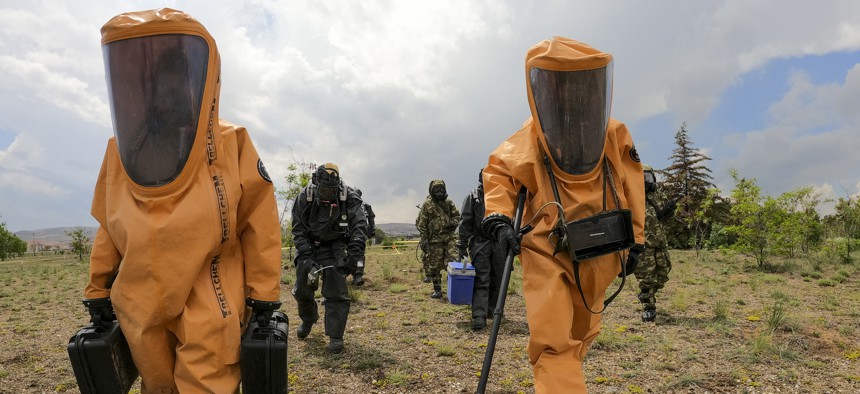



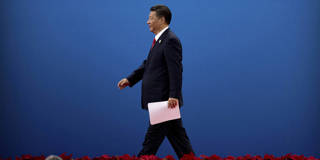




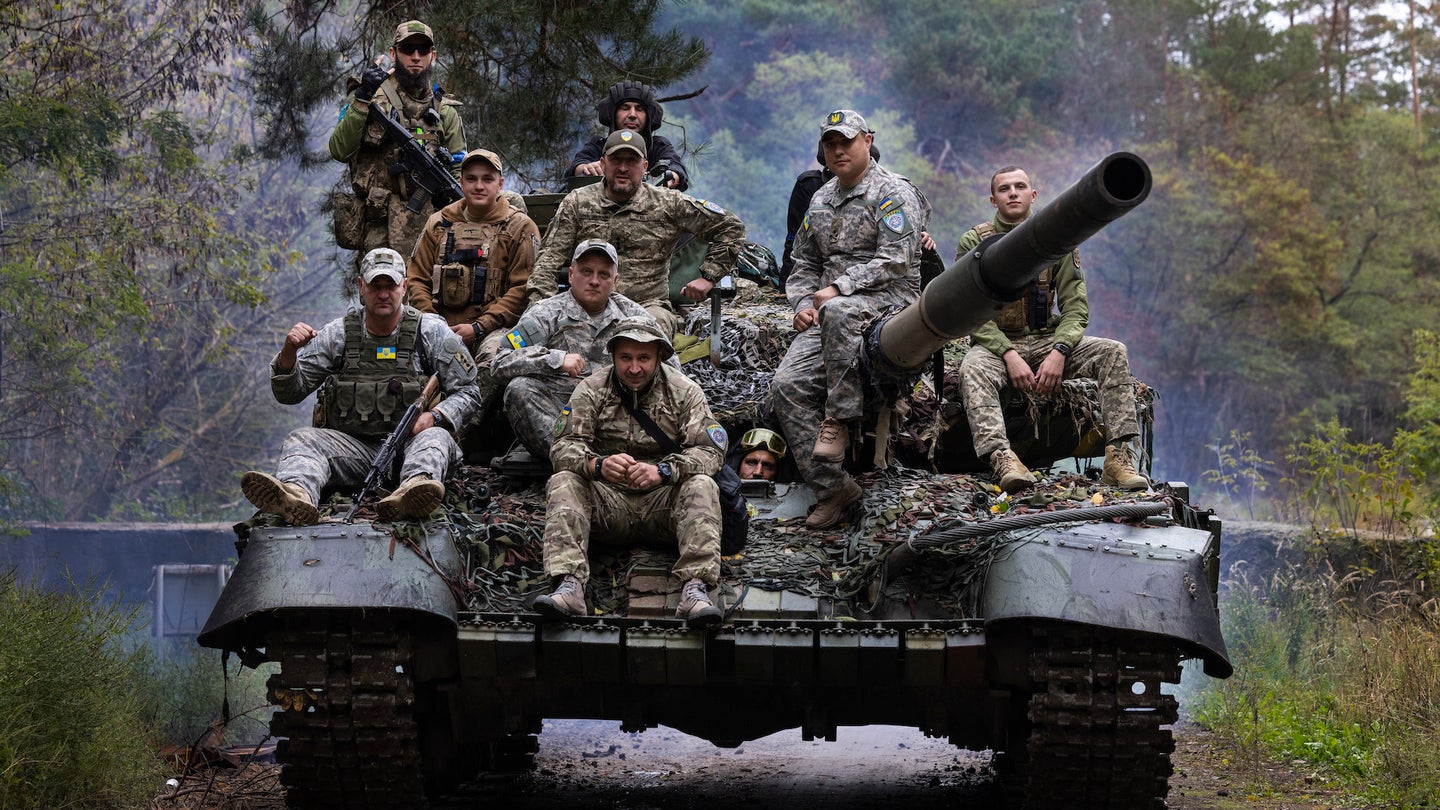


:quality(70)/cloudfront-us-east-1.images.arcpublishing.com/archetype/E45227Z4H5F6FI5H35YRJLKUDM.jpg)